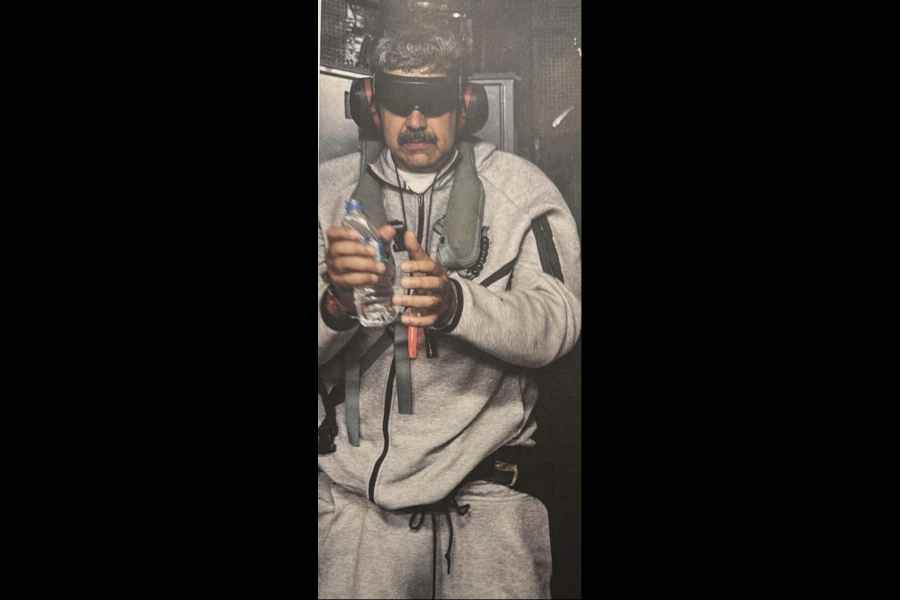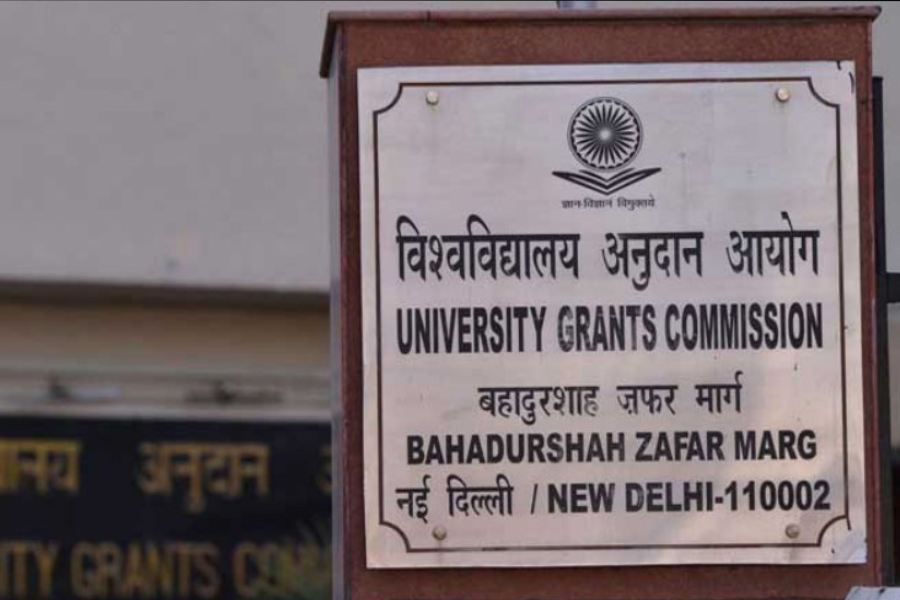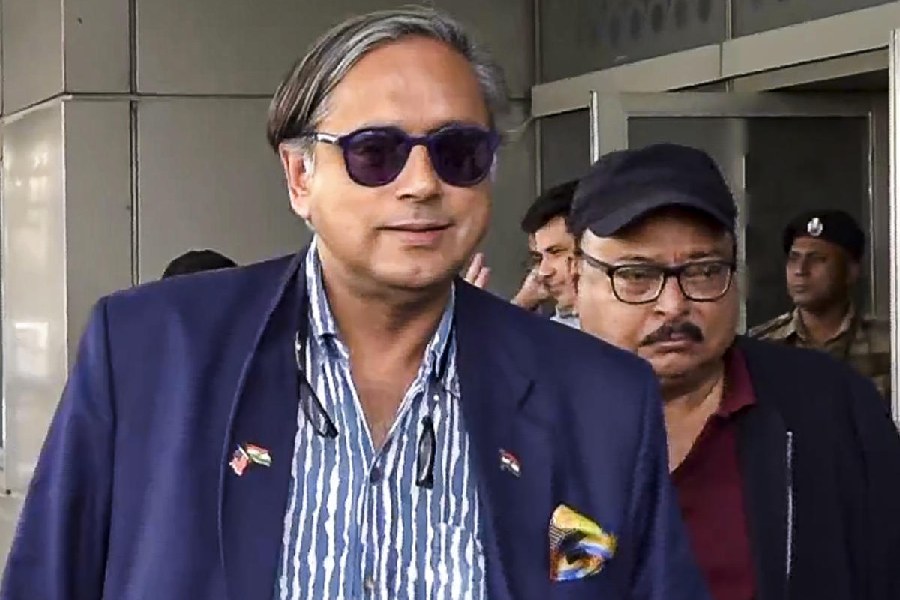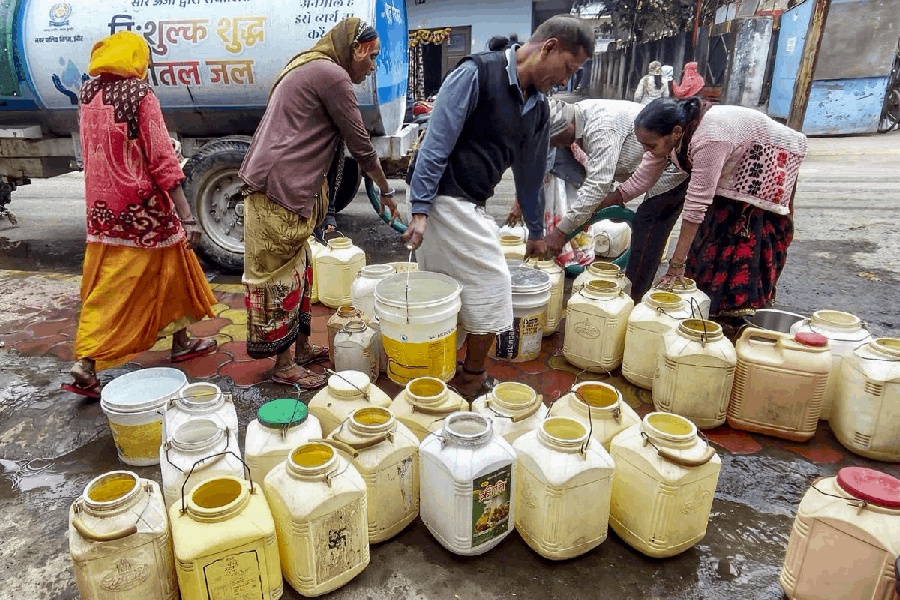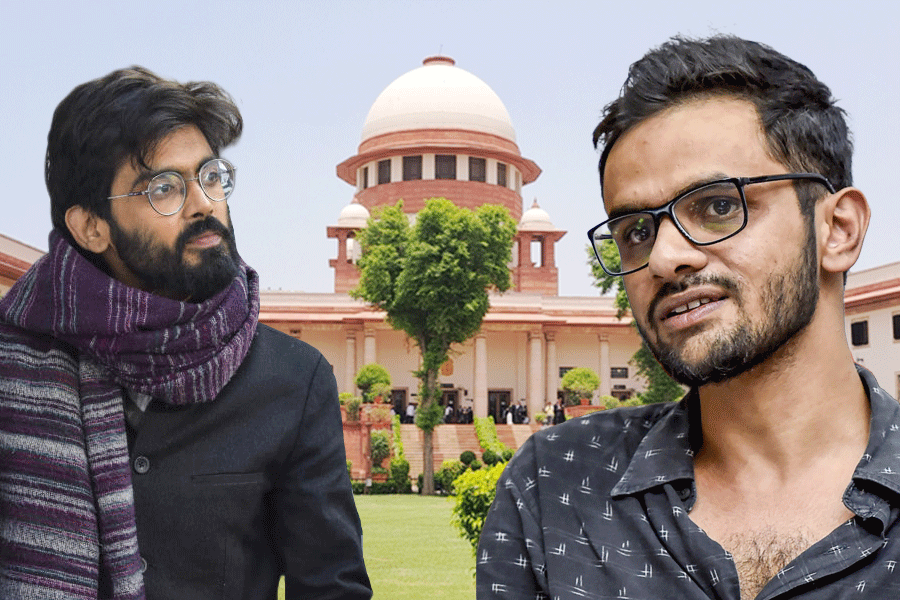 |
Jharkhand Tourism Development Corporation (JTDC) is running only 18 of the 70 buses allocated to Dhanbad under JNNURM city bus scheme.
Of the idle 52, five were sent to Deoghar in 2011 to cope with the huge rush of kanwariyas (pilgrims) during Shravani Mela. Forty-seven are dumped at Bartand bus stand.
The reasons are not far to seek. Malfunctioning batteries and engine snags are two of them. But drivers and conductors who don’t see JTDC’s break-even target of Rs 14 per kilometre as realistic are keeping away.
For every kilometre the bus runs everyday, the driver has to pay the corporation Rs 14 at the end of the day, that is, Rs 1,400 per 100 km. Drivers and conductors say that leaves them with hardly anything.
The number of buses on roads was around 40 before the September 7 strike of drivers and conductors. It took two months for the strike to get over. The city bus service started again on November 8. But only 18 plied on Dhanbad roads.
Most drivers and conductors did not resume duty as they didn’t agree with JTDC’s target.
“We are stressed over the JTDC prerequisite that we must earn Rs 14 per kilometre. There aren’t enough passengers on our routes to justify just a target,” said driver Suraj Kumar. “Should we plug in the gap in our earnings through sale of tickets by putting our own money and show JTDC that everything is fine?”
They said passenger flow was less than anticipated, lowering earnings. Also, intracity fares were low, starting at Rs 3 up to 2km. Bus fares went up only in the case of long distances — Rs 15 to Sindri or Rs 30 to Chirkunda. There were hardly any city stops due to “hostility of traffic policemen”. It didn’t make the city bus service viable in its present form.
Transport rivals, the autorickshaws, gave passengers an option to get off anywhere. For short city distances, autos offered more flexible fare.
“If JTDC insists that we have to give them Rs 14 per kilometre, all buses will be grounded sooner or later,” said another driver Ranjit Kumar.
“To add to our woes, our salaries have not been revised since the past over two years despite assurances. We can’t even dip into our savings to show JTDC that yes, we are earning what you said,” he added with biting sarcasm.
JTDC city bus service in-charge (Dhanbad) Surendra Manjhi agreed with the concerns of drivers such as lack of stops to attract more passengers.
“Earlier, we used to drop off passengers at Bartand. Now, traffic policemen do not allow us to stop buses in many places. So customers opt for autos,” Manjhi said.
He agreed they were caught in a Catch-22 situation. “We can’t press more buses on existing routes to earn losses. But passengers overcrowding in the few buses that run leads to lesser people opting for this form of transport in the long run as they will opt for other more comfortable options,” Manjhi said.
However, he added that the target of Rs 14 per kilometre was achievable. “Many drivers are paying it,” he claimed.
He also said they had procured 25 batteries. “We will ply 40 city buses on the road in a couple of days,” said Manjhi.
But if ground realities don’t change, buses can’t run on mere batteries.





